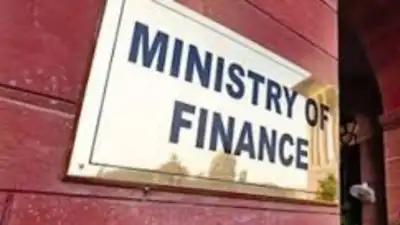Understanding the Economic Slowdown in India
The finance ministry has recently highlighted that the Reserve Bank of India's (RBI) monetary policy stance and macroprudential measures, alongside structural factors, may have contributed to a noticeable slowdown in demand. This marks the first official acknowledgment from the ministry regarding the economic deceleration, subtly attributing part of the blame to the RBI.

With growth hitting a seven-quarter low of 5.4% in the July-September period, pressure mounted on the RBI to cut rates to stimulate growth. However, the central bank remained focused on containing inflation, holding rates steady for the 11th consecutive time in December, citing persistent inflationary pressures.
Looking Ahead: Growth Prospects and Challenges
The finance ministry's monthly economic report suggests a brighter outlook for growth in the second half of FY25 compared to the first half. It also acknowledges the RBI's decision to lower the cash reserve ratio (CRR) from 4.5% to 4% in December 2024 as a positive move to boost credit growth, which has seen a significant slowdown in the financial year 2024-25.
Amidst these developments, the report also points out the role of corporate sector hiring and compensation practices in slowing urban consumption growth. With expectations of a rate cut in February under a new monetary policy framework and leadership, the economic landscape remains cautiously optimistic yet fraught with global uncertainties.





Comments